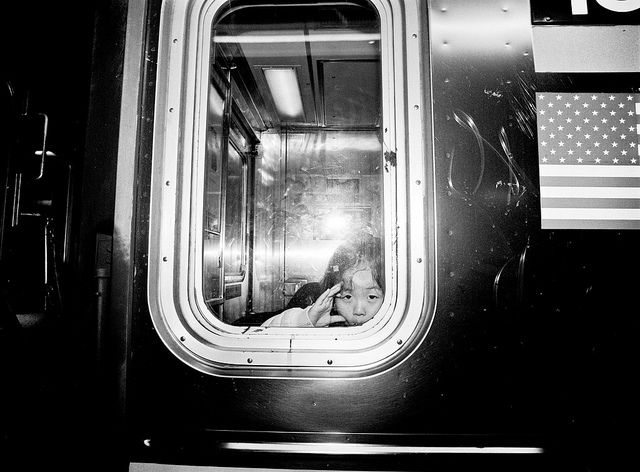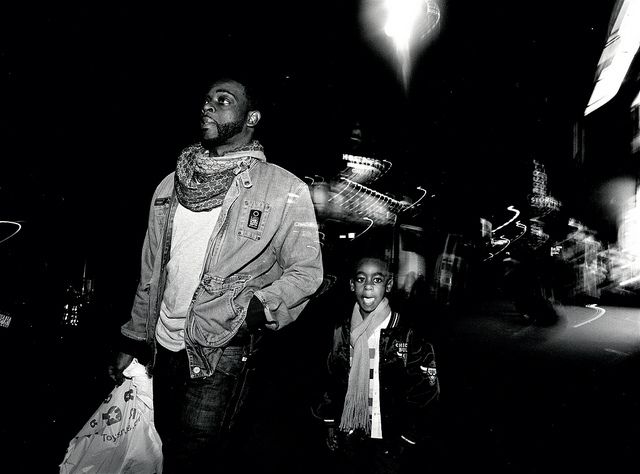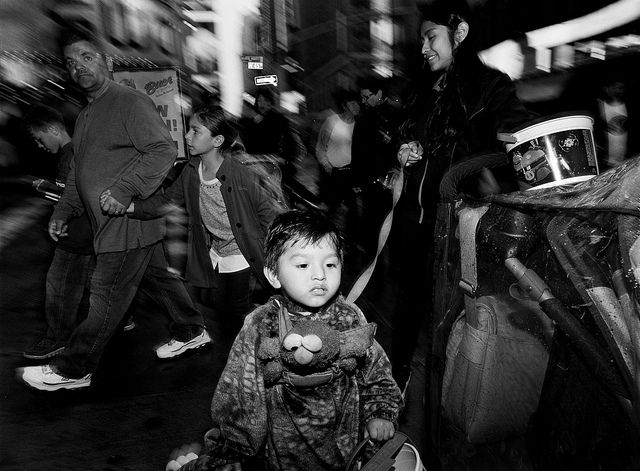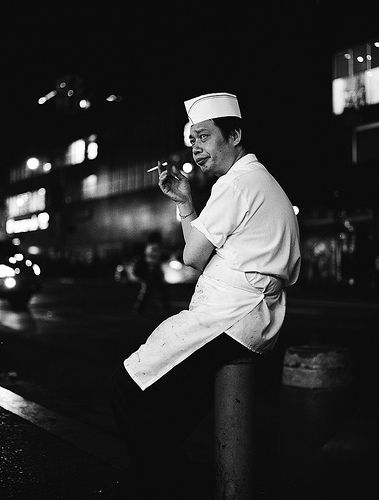blog
Interview with photographer Nathan R. Smith
F-Stop Magazine: How did you first become involved in photography and what led to you working in this medium as an artist?
Nathan R. Smith: I’ve been interested in shooting video since middle school and started making short broadcast features and documentaries for my high school in 10th grade. After the first couple projects, I found that music was a very useful tool to make my work more cohesive and able to connect emotionally with the audience. My work became so heavily influenced by music that by 11th grade, I decided to make a music video. This is how I ended up buying my first photography camera – a Nikon D90 with a 50mm lens. A friend of mine was an aspiring rapper so we shot a video for one of his songs and it became pretty popular on Facebook and Youtube. It got about ten thousand views the first month. For a couple kids from Northern Virginia posting stuff on their Facebooks, that was pretty exciting. Overtime, other local aspiring musicians started asking me to do videos for them and many asked for photo shoots. I had never shot photos before so I got a lot of practice taking portraits for these people. My skills in cinematography sort of just transferred over. I worked entirely for free but made sure that they were cooperative in trying to make the best images possible. This was a great collaborative tool because I was able to really focus on creating and developing my own style and aesthetic while putting my work out there.
F-Stop: The current “Black and White” issue of F-Stop includes photographs from your portfolio “Blind Portraits.” What is this project about and what led you to make this work?
NRS: I am now finishing up my senior year studying Film & Television at NYU’s Tisch School of the Arts. I decided to take photography courses to fulfill my last year electives, so I’ve been focusing on street photography more than ever. During my time in New York City the past three years, I’ve been fascinated with street life, specifically street vendors and other street workers. I’ve spent a lot of time photographing them and gotten pretty good at going undetected. I don’t connect with my subjects too much when shooting street photography. I prefer to be a fly on the wall in a sense, and catch them in their natural and organic state, most desirably at nighttime. At first, I did this by shooting with long focal lengths from afar, but I always wanted my photos to be more dynamic and expressive. I tried to get close up portraits of people without them noticing, but always had a problem with the amount of time it took to focus my camera before I could press the shutter. People would instantly notice, and the moment would be lost. Therefore, when my photography professor gave the class an on-camera flash assignment this semester, I felt my problem had been solved. I decided to go entirely out of my comfort zone, get as close as possible to nighttime subjects outside, and take their photos using an on-camera flash unit. Exposing for the flash meant shooting at a higher f-stop, which gave me a wider depth of field and eliminated the time it took to focus. All I had to worry about was changing the power of my flash unit, depending on how close I assumed I could get to the subject.
F-Stop: Can you discuss your process for making these images?
NRS: When I went out to shoot my first roll of portraits using the flash, I totally second guessed what I was doing. My plan was to basically stop near an unsuspecting subject, put the camera to my face and frame the photo, then blind the person with light and expect them to somehow not notice. It seemed extremely risky. So instead, I thought I’d try something different. Since I was wearing my camera (a medium format Mamiya 645E) on a neck strap, it was near my waist. I felt that no one would ever think I took their photo or be able to figure it out quickly if the camera wasn’t actually to my eye. Using the flash was still a bit risky but I could apologize profusely and say my finger had slipped if anyone ever confronted me. The first night I went out was a Sunday in October around 6pm. I walked uptown along 8th Avenue around 34th St., looking at all the people walking in the opposite direction. Finally, I saw an interesting subject – a boy laughing with his father, wearing scarves and holding some shopping bags. I tilted the camera to my left, and pressed the shutter when they were 5 feet away. I didn’t stop or hesitate for the photo at all, it was all in one very smooth maneuver. After we passed each other, I looked back to see if they had noticed or anything. I half expected to hear the boys father yelling and chasing me down. But they didn’t have a clue what had happened. They continued walking like they hadn’t even noticed. I’ve shot all of the photos for the series in this way, and no one has said a word to me yet. It is very spontaneous and improvised. The coolest part of it all is that I have no clue what the photographs look like until I make my first contact sheet from a roll. It is a really exciting exercise that can yield surprising and very satisfying results.
F-Stop: Do you have a favorite image in this series so far? If so, which one and why is it the image that speaks to you most?
NRS: My favorite image in the series so far would have to be Boy on a Leash. Every time I shoot a roll and then take a look at the images, I try to create a story around the image and it’s subject. I imagine who the person could be or what they could have been doing or thinking before I took their photo. I feel like Boy on a Leash has a lot of elements that give context to the boy’s story. I also worked very hard for this photo. I was walking around Times Square a few days before Halloween this year, and spotted the boy with his mother. I followed them from across the street for a minute, then crossed over to their side when they were stopped at a light. I snapped the photo in the middle of the road as we passed by each other. After seeing the photo for the first time, I also realized that children were great subjects for this series because the camera is right at their eye level.
F-Stop: What do you hope people see or feel or perhaps learn when they look at your photographs?
NRS: I hope that people see a mysterious spontaneity in my photographs, and that the subject and composition of each photo provokes them to create their own story around the subject’s identity.
F-Stop: F-Stop: What are you working on now?
NRS: I am currently working on editing a couple of music videos I directed, and am in pre-production on a series of music videos for a new rapper with a lot of industry buzz named GoldLink. I am also continuing to take photos for my Blind Portrait series, and am in the middle of a different series called Flushing, Queens. It is a series of candid nighttime portraits taken in Flushing, Queens Chinatown focusing on street workers. After I graduate, I’d love to get into editorial photography and work my way into photographing portraits for a music magazine.
F-Stop: What photographers or other artists inspire you?
NRS: I find the portraiture of Jonathan Mannion and Geordie Wood extremely inspiring because their portraiture breaks the barrier between fine art and music photography. I am also very influenced by the work of film directors Alejandro Gonzalez Inarritu (Babel, 2006) and Ramin Bahrani (Chop Shop, 2007).
For more of Nathan R. Smith’s work: www.nathanrsmith.com
Events by Location
Post Categories
Tags
- Abstract
- Alternative process
- Architecture
- Artist Talk
- Biennial
- Black and White
- Book Fair
- Car culture
- charity
- Childhood
- Children
- Cities
- Collaboration
- Cyanotype
- Documentary
- environment
- Event
- Exhibition
- Family
- Fashion
- Festival
- Film Review
- Food
- Friendship
- FStop20th
- Gun Culture
- Italy
- journal
- Landscapes
- Lecture
- love
- Masculinity
- Mental Health
- Museums
- Music
- Nature
- Night
- photomontage
- Podcast
- Portraits
- Prairies
- River
- Still Life
- Street Photography
- Tourism
- UFO
- Wales
- Water
- Zine







Leave a Reply